Got 176(1) (Notice to Obtain Information or Evidence) from FBR – What to Do?
Subject: 176(1) (NOTICE TO OBTAIN INFORMATION OR EVIDENCE) OF THE INCOME TAX ORDINANCE,
2001
Please refer to the captioned subject and section 7E of the Income Tax Ordinance, 2001. You have e-filed
return of income u/s 114 (1) of the Income Tax Ordinance, 2001, for the subject tax year alongwith
wealth statement and wealth reconciliation statement.
Perusal of your declaration revealed that you have declared capital Assets, as defined in clause (a) of
sub-section (4) of section 7E of Income Tax Ordinance, 2001, more than Rs. 25,000,000/-. As per
subsection (2) of section 7E of Income Tax Ordinance, 2001, you were required to charge tax on deemed
income of an amount equal to five percent of the fair market value of capital assets held by you on
30.06.2022 in Pakistan. For ready reference, the section 7E of the ITO, 2001 is reproduced as under:
“ Section 7E. Tax on deemed income.- (1) For tax year 2022 and onwards, a tax shall be imposed at the
rates specified in Division VIIIC of Part-I of the First Schedule on the income specified in this section. (2)
A resident person shall be treated to have derived, as income chargeable to tax under this section, an
amount equal to five percent of the fair market value of capital assets situated in Pakistan held on the
last day of tax year”
It is worth mentioning that the Hon’able Lahore High Court, Lahore in ICA No.35908 of 2023 Titled
Commissioner Inland Revenue Versus Muhammad Osman Gul dated 15.02.2024 has declared levy of tax
on deemed income under section 7E as constitutional. Consequently, you are liable to pay the amount of
tax under section 7E of the ITO, 2001.
You are, therefore, required to provide complete details of your immoveable properties along with
documentary evidences on the following format;
Description Code Description (Measurement, Open/covered area, Location) Cost / Declared
Value Fair Market Value as on 30.06.2022
Agriculture Property excluding Farmhouse 7100
Farmhouse
7101
Residential Property
7102
Commercial Property
7103
Industrial Property
7104
Any other immovable capital asset 7105
Total Value of capital assets 7106
Total value of capital assets taxable under section 7E 7107
Deemed Income under section 7E
Tax on Deemed Income under section 7E
Please note, the above information is required for calculation of your deemed income u/s 7E of the
Ordinance, failing to which this office would be justified to adopt the value of properties on historical
basis of increase in property value in accordance with section 68 of the Ordinance and notified rates of
FBR. The value so determined shall be recovered immediately in accordance with law.
Note:
1. The provision of sub-section 4 of Section 176 provides that for the purposes of this section, the
Commissioner shall have the same powers as are vested in a Court under the Code of Civil Procedure,
1908 (Act V of 1908).
2. The provision of Section 182(9) provides that in case of failure to comply with the notice, Such
person shall pay a penalty of twenty-five thousand rupees for the first default and fifty thousand rupees
for each subsequent default
What is a 176(1) Notice from FBR?
A 176(1) notice is a formal legal document issued by the FBR under Section 176 of the Income Tax Ordinance, 2001. The primary purpose is to obtain information or evidence relevant to your tax liabilities or to verify compliance with tax laws258. This notice does not automatically imply wrongdoing or tax evasion; it is often a routine part of the FBR’s verification process8.
Key Features of a 176(1) Notice
-
Issued by: FBR, typically by a Commissioner or authorized officer.
-
Purpose: To request specific documents, records, or information for tax verification.
-
Legal Obligation: You are required by law to respond within the stipulated timeframe (usually 30 days)8.
-
Scope: Can relate to any tax year and may involve income, assets, liabilities, or other financial matters5.
Why Did You Receive a 176(1) Notice?
You may receive this notice for several reasons:
-
Routine verification of your income tax return or wealth statement.
-
Discrepancies or missing information in your tax filings.
-
Random audit or risk-based selection by FBR.
-
Follow-up on specific transactions, such as property purchases or sales.
-
Investigation into undeclared assets or unusual financial activity258.
Understanding the Notice Content
A typical 176(1) notice will include:
-
The subject and reference to the relevant section of the Income Tax Ordinance.
-
Details of the tax year in question.
-
Specific information or documents required (e.g., wealth statement, property details, bank statements).
-
A deadline for submission.
-
Consequences of non-compliance, including possible penalties15.
Example Table: Typical Documents Requested
| Document Type | Examples |
|---|---|
| Financial Statements | Balance sheet, income statement |
| Tax Returns | Last 3-6 years’ returns |
| Property Documents | Title deeds, valuation, purchase/sale records |
| Bank Statements | All relevant accounts |
| Wealth Statement | List of assets and liabilities |
| Proof of Income/Expenses | Salary slips, invoices, receipts |
Step-by-Step Guide: What To Do After Receiving a 176(1) Notice
1. Read the Notice Carefully
-
Identify exactly what information or documents are being requested.
-
Note the deadline for response.
-
Check if the notice refers to a specific tax year or transaction25.
2. Understand the Reason for the Notice
-
Is it a routine check, an audit, or a follow-up on a specific issue?
-
Understanding the context helps you gather the right documents and respond appropriately28.
3. Gather the Required Documents
-
Collect all documents listed in the notice.
-
If any records are missing, try to obtain copies from banks, employers, or relevant authorities.
4. Consult a Tax Professional (If Needed)
-
If you are unsure about the notice or the documents required, consult a tax consultant or chartered accountant.
-
A professional can help you prepare a compliant and effective response, reducing the risk of errors or omissions28.
5. Prepare Your Response
-
Organize the documents in the order requested.
-
Prepare a cover letter or response letter, clearly referencing the notice and listing the documents provided3.
-
If you cannot provide some information, explain the reasons and propose alternatives if possible8.
Sample Response Letter Outline
| Section | Content Example |
|---|---|
| Heading | Your name, address, FBR reference number, date |
| Salutation | “To the Officer In Charge, Federal Board of Revenue (FBR)” |
| Subject | “Response to Tax Notice No. 176” |
| Body | Acknowledge receipt, clarify issues, list attached documents |
| Closing | “Sincerely, [Your Name]” |
6. Submit Your Response
-
Submit the documents and response letter through the method specified in the notice (online portal, in person, or via mail)25.
-
Keep copies of all documents and correspondence for your records2.
7. Follow Up
-
Monitor for any follow-up communication from FBR.
-
Be prepared to provide additional information or attend meetings if required2.
Penalties for Non-Compliance
Failure to respond to a 176(1) notice can result in significant penalties:
| Default | Penalty Amount |
|---|---|
| First default | Rs. 25,000 |
| Second default (after second notice) | Rs. 50,000 |
| Third default (after third notice) | Rs. 100,000 |
Note: Penalties can escalate with continued non-compliance and may also lead to further legal action or audits4.
Special Cases: Notice for Immovable Properties (Section 7E)
Sometimes, a 176(1) notice may specifically request information about immovable properties in relation to Section 7E of the Income Tax Ordinance. This section deals with deemed income from capital assets, such as real estate held in Pakistan1.
What is Section 7E?
-
Imposes a tax on deemed income from capital assets (e.g., properties) valued above a certain threshold.
-
Requires taxpayers to declare fair market value and pay tax accordingly.
-
FBR may request detailed property information, including valuation, location, and supporting documents1.
Sample Table: Property Declaration Format
| Description | Code | Details (Measurement, Location) | Declared Value (as of 30.06.2022) |
|---|---|---|---|
| Agriculture Property | 7100 | [Details] | [Value] |
| Farmhouse | 7101 | [Details] | [Value] |
| Residential Property | 7102 | [Details] | [Value] |
| Commercial Property | 7103 | [Details] | [Value] |
| Industrial Property | 7104 | [Details] | [Value] |
| Other Immovable Capital | 7105 | [Details] | [Value] |
Frequently Asked Questions (FAQs)
Does receiving a 176(1) notice mean I am under investigation?
Not necessarily. Many notices are routine and part of FBR’s compliance checks. However, it is crucial to respond promptly and accurately8.
What if I cannot provide all requested documents?
Explain your constraints in writing and, if possible, provide alternative evidence. Seek professional help to ensure your response is adequate8.
Can I request an extension?
Yes, you may request an extension if you have a valid reason, but approval is at FBR’s discretion. Always communicate proactively.
What happens after I respond?
FBR may accept your submission, ask for further clarification, or initiate an audit. Keep records of all correspondence for future reference28.
Tips for Effective Compliance
-
Be Proactive: Respond as soon as possible, well before the deadline.
-
Stay Organized: Keep your financial records updated and accessible.
-
Seek Professional Help: Don’t hesitate to consult a tax expert for complex matters.
-
Maintain Transparency: Always provide accurate and complete information.
-
Keep Documentation: Retain copies of all submissions and official communications.
Conclusion
Receiving a 176(1) notice from FBR is a standard part of Pakistan’s tax compliance process. It is not a cause for panic, but it does require prompt, organized, and accurate action. By understanding the notice, gathering the required documents, and seeking professional advice when needed, you can ensure compliance and avoid penalties or further complications. Remember, transparency and timely response are your best defenses in dealing with any FBR inquiry
About Umair A R Mughal
Umair A R Mughal is a unique professional who seamlessly blends the worlds of technology, finance, and regulatory compliance. With a solid foundation as a Chartered Accountant and a passion for technology, Umair offers comprehensive solutions that cater to the evolving needs of businesses in Pakistan.
View all posts by Umair A R Mughal



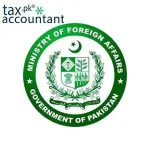
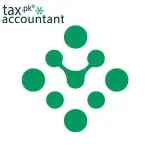
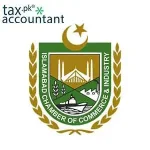

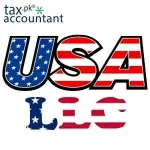



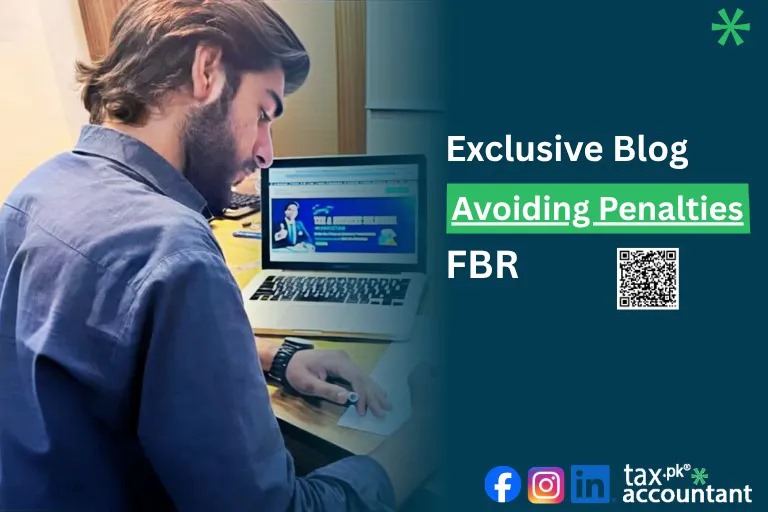


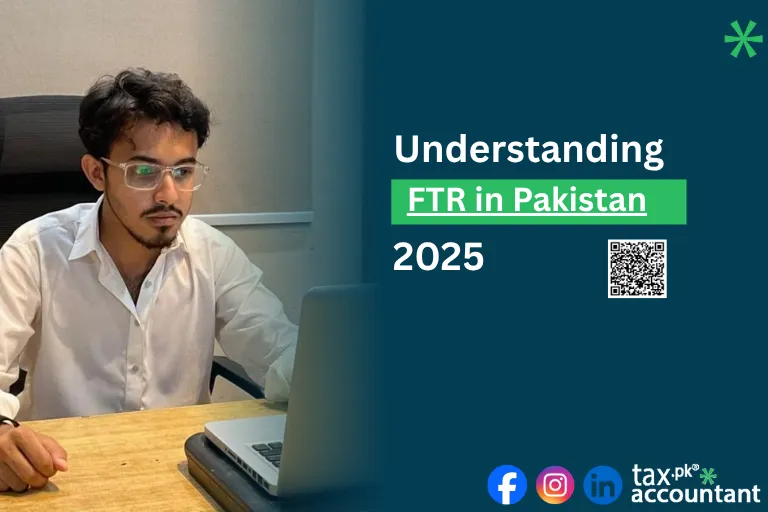
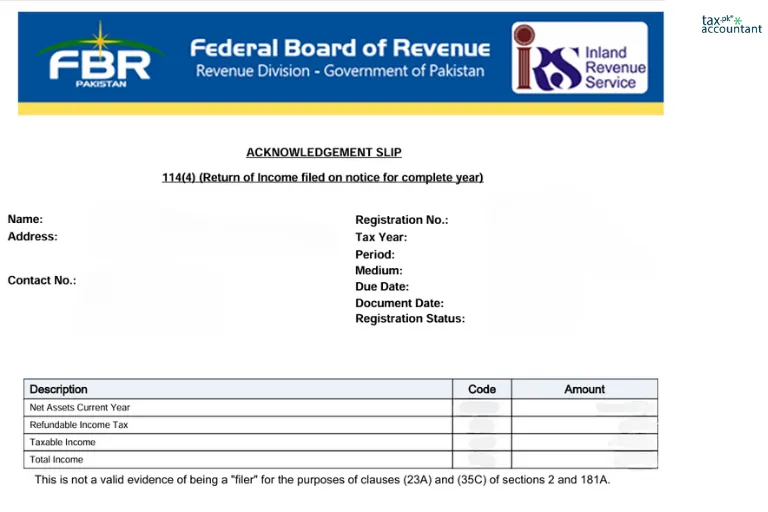


11 thoughts on “Got 176(1) (Notice to Obtain Information or Evidence) from FBR – What to Do?”